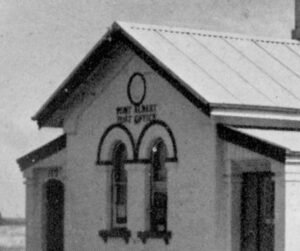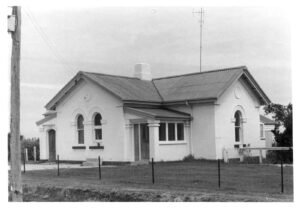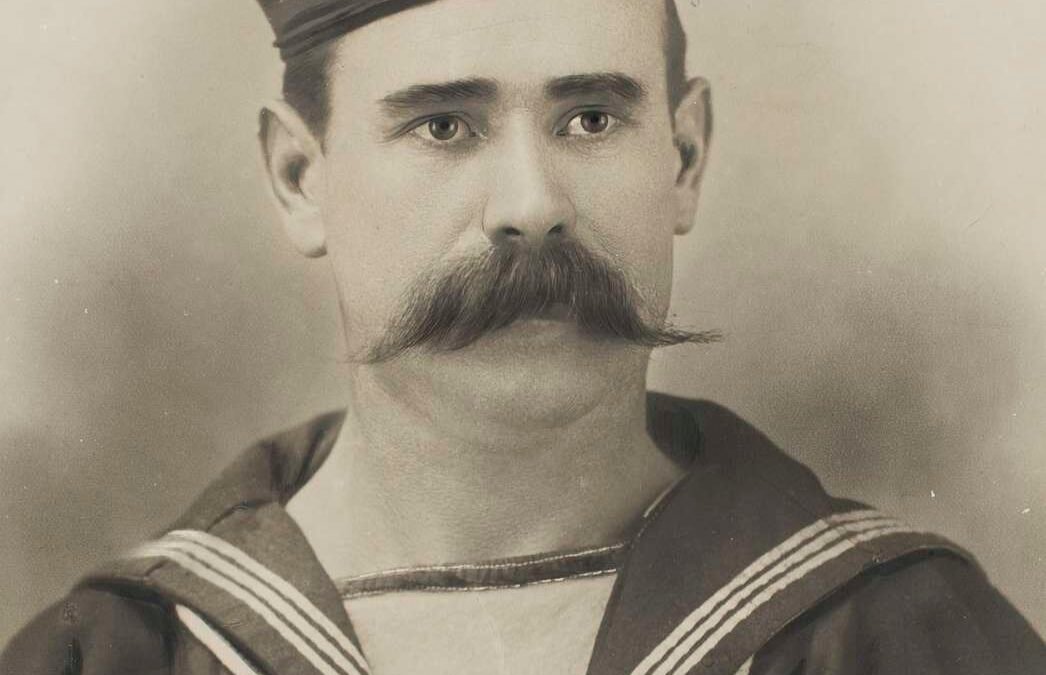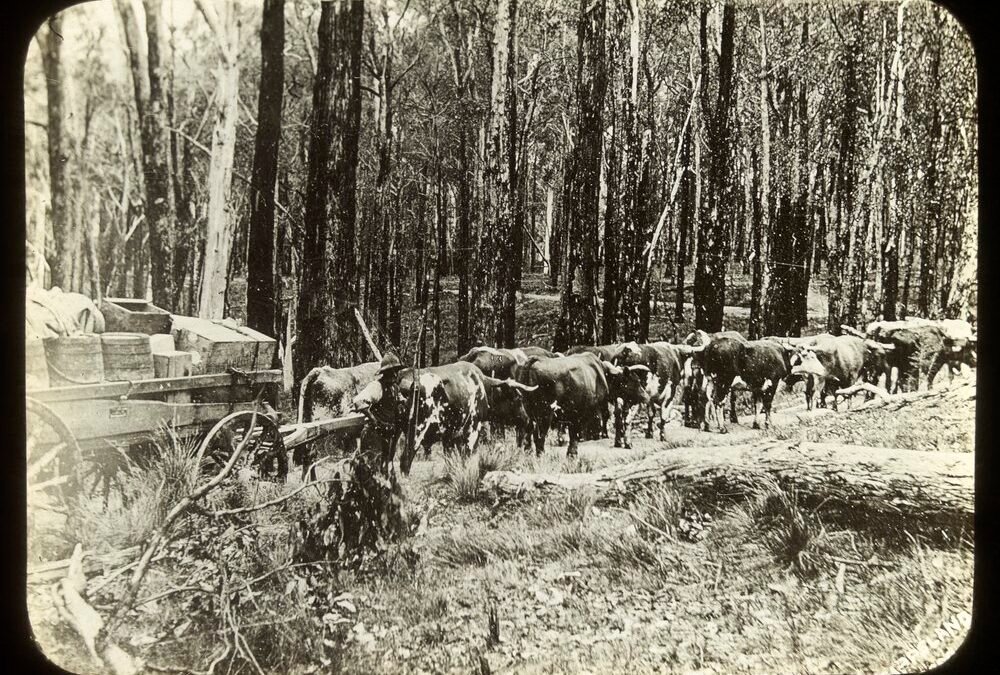In the vibrant tapestry of society, arts and culture stand out as defining threads, weaving together stories, values, and expressions that shape our collective identity. However, as we navigate the evolving landscape of the 21st century, there’s a pressing need to redefine what “arts & culture” truly encompasses. Central to this redefinition is the role of museums, institutions that not only preserve our past but also shape our future.
The Evolving Definition of Arts & Culture
Traditionally, when we think of “arts,” images of grand theaters, mesmerizing paintings, trendy events and soul-stirring music come to mind. Culture, on the other hand, often evokes thoughts of traditions, rituals, and the shared values that bind communities. However, in today’s interconnected world, arts & culture is a dynamic blend of the past and the future, a dance between preservation and creation. It’s a realm that offers comfort while simultaneously stretching and engaging our perceptions and understandings.
Arts & Culture is more than just entertainment or tradition; it’s a reflection of society’s soul. It’s about understanding our roots while envisioning a future. It’s about celebrating diversity while cherishing shared values. And at the heart of this realm lies the museum, an institution that stands as a testament to our collective history, values, and aspirations.
Museums: The Heartbeat of Culture
Museums are more than mere buildings housing artifacts; they are living, breathing entities that evolve with the times. They play a pivotal role in preserving local culture, engaging visitors in deeper understanding, and encouraging the enjoyment and sharing of authentic cultural and natural heritage. By collecting, preserving, interpreting, and exhibiting both tangible and intangible evidence of society and nature, museums offer a bridge between the past, present, and future.
Dr. John H. Falk’s work in museum visitor studies provides a profound insight into why people visit museums. Whether driven by curiosity, a desire for knowledge, or the need for a sanctuary, museums cater to a diverse range of motivations. They are places of learning, reflection, and personal growth.
Museums and Their Role in Community Building
Communities are defined not just by geographical boundaries but by shared experiences, values, and stories. Museums play a crucial role in shaping these narratives. They serve as communal spaces where people can come together, share experiences, and engage in cultural exchange. By preserving local histories and stories, museums ensure that communities remain connected to their roots while also fostering understanding and appreciation among diverse groups.
Furthermore, museums stimulate local economies, bolster tourism, and often become focal points for community events and gatherings. Their educational programs, outreach initiatives, and interactive exhibits make them indispensable assets to their communities.
The Imperative of Community and Government Support
Given the invaluable contributions of museums to arts, culture, and community building, it’s paramount that they receive robust support from both the community and governments. Museums are not just passive repositories of artifacts; they are active participants in the cultural and economic tapestry of society.
Supporting museums is an investment in the future. It ensures that both current and future generations have access to the wealth of knowledge and experiences these institutions offer. Moreover, museums play a pivotal role in education, fostering critical thinking, promoting empathy, and providing hands-on learning experiences that traditional classrooms often can’t.
Local governments, in particular, have a vested interest in the success and growth of museums. Beyond the obvious economic benefits, museums can be instrumental in community development, urban regeneration, and fostering a sense of civic pride.
And so…
As we redefine the contours of arts & culture in the modern era, it’s clear that museums are not just peripheral players but central protagonists. They are the custodians of our past, the narrators of our present, and the visionaries of our future. By understanding and championing their role, we ensure a richer, more inclusive, and holistic cultural landscape for everyone.
In the words of historian David McCullough, “Museums, I think, are one of the ways we educate ourselves and our children.” Let’s ensure that these invaluable institutions continue to thrive, enlighten, and inspire for generations to come.
 Today it remains a private residence, carefully restored and adapted for modern use. More recent owners have retained its defining features – high ceilings, arched windows, Baltic pine floors, and solid brickwork – while adding an accommodation wing at the rear. The building sits within a 1,597 square-metre block overlooking the historic Government Wharf, its courtyard shaded by mature trees.
Today it remains a private residence, carefully restored and adapted for modern use. More recent owners have retained its defining features – high ceilings, arched windows, Baltic pine floors, and solid brickwork – while adding an accommodation wing at the rear. The building sits within a 1,597 square-metre block overlooking the historic Government Wharf, its courtyard shaded by mature trees. The Port Albert post office was built in a conservative Italianate style, a restrained interpretation of the architecture popular in Melbourne during the 1860s. Its symmetrical façade, bracketed eaves, and tall arched windows gave the small coastal town a touch of metropolitan civility.
The Port Albert post office was built in a conservative Italianate style, a restrained interpretation of the architecture popular in Melbourne during the 1860s. Its symmetrical façade, bracketed eaves, and tall arched windows gave the small coastal town a touch of metropolitan civility. Port Albert’s prosperity peaked in the 1860s. As railways reached inland towns, trade routes shifted, and larger ships bypassed the shallow inlet. The port declined, but the post office endured.
Port Albert’s prosperity peaked in the 1860s. As railways reached inland towns, trade routes shifted, and larger ships bypassed the shallow inlet. The port declined, but the post office endured. An Enduring Connection
An Enduring Connection

